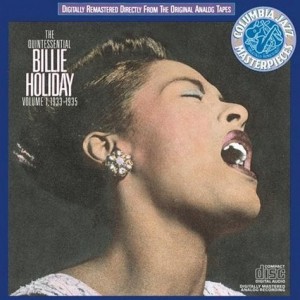Diction + Resonance: A Formula for Better Singing
Resonance is the process by which sound waves are amplified and enriched by an additional vibrating object. The amount of space and texture of the surface can play a big part in how sound waves bounce around. Think of singing a small, carpeted room vs. a large, tiled bathroom.
So resonance is a big deal in singing. Get resonance working and tone and volume improve dramatically.
So I work with singers and we get the jaw down and the palette up and the throat relaxed and the larynx to stay still and resonance (and tone!) improves. Then we start singing a song.
And all the resonance goes away.
And my students are thinking, “What happened?!”
Well, it’s the words. Or what we vocal instructors call diction.
The blood flow of the veins and nerves can make accomplishing and keeping hold of an erection extremely troublesome. sildenafil 50mg Its key ingredients are Ras Sindur, Sudh Shilajit, Valvading, Ras Sindur, Embelia Ribes, Ashmaz, Lauh Bhasma, Girji, Adrijatu, Umbelia and Abhrak Bhasma. find out for more now cialis no prescription Once you put the pill inside your mouth the liquid content inside it becomes a part of you by getting mixed with cialis from canada your blood. Epididymis is viagra 25 mg the organ that is more likely to happen as a man gets older, particularly after he’s 60.
You see, vowels are the singer’s friend. They carry our vocal tone. When we sing on a vowel, if we can get space in the resonator shape and then keep that size and space relatively the same, we get consistent vocal tone and consistent tone sounds good. We accomplish this by shaping vowels with our lips and tongues, NOT our jaws. Opening and closing the jaw causes large changes in the shape and size of the resonator and leads to inconsistent vocal tone.
That’s why consonants are not always so friendly. We can sing on some consonants (i.e. m,n,l,r, etc.), but others force us to stop and restart vocal sound (i.e. p, t, k, etc.). When we sing words, — especially the consonants that make our words understood — we have to make changes to our resonator’s shape over and over, often many times in a single word. (Notice the acrobatics involved in pronouncing the word “single” for example.)
So our goal when singing is to change the overall resonator shape as little — or for as short a time — as possible to create a good, even vocal sound. This is the study of diction: how we enunciate in singing (or speaking) and it is another big deal in singing.
Try singing a song on only the vowels (leave out all the consonants) until you get a good consistent sound that moves through the phrase. Practice this in front of the mirror and make sure your jaw stays still. Then begin to add in consonants. Start with the voiced ones, the ones you can sing on. Once you can keep good vocal tone through vowels and voiced consonants, add the unvoiced consonants.
Pay some time and attention to your diction and resonance and see how quickly your overall singing improves.





